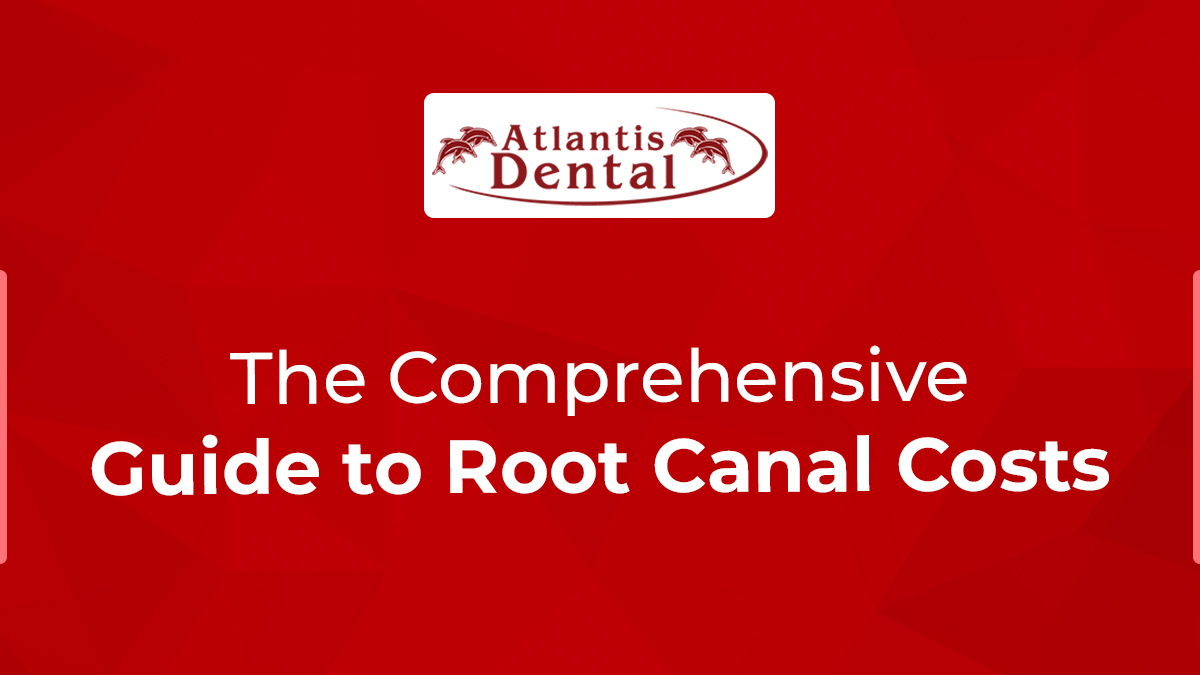When it comes to dental health, addressing issues promptly is crucial to avoid more significant problems down the road. Root canals are a common dental procedure that can save a tooth from extraction. However, one significant concern for many individuals contemplating a root canal is the cost.
In this comprehensive guide, we’ll delve into the various factors affecting root canal costs, helping you make informed decisions about your dental health.
Understanding Root Canals
Before we delve into the costs, let’s briefly understand what a root canal procedure entails. A root canal is a dental treatment aimed at removing infected or damaged pulp from the inside of a tooth. The pulp contains nerves, blood vessels, and connective tissue, and when it becomes infected, it can lead to severe pain and potentially tooth loss if left untreated.
Factors Affecting Root Canal Costs
1. Tooth Location
The location of the affected tooth plays a significant role in determining the cost of a root canal. Front teeth typically have fewer roots and are generally less complex to treat, making them less expensive than molars with multiple roots.
2. Severity of Infection
The severity of the dental issue is another crucial factor. A mild infection may only require a straightforward root canal, while a more complex case may necessitate additional procedures, such as an apicoectomy or the use of dental posts. These additional steps can increase the overall cost.
3. Geographic Location
Dental care costs can vary significantly depending on your geographic location. Urban areas tend to have higher dental fees than rural regions due to the higher cost of living and overhead expenses.
4. Dentist’s Experience
The experience and reputation of the dentist also impact the cost. Established dentists with a track record of successful root canal procedures may charge higher fees than those who are just starting their practice.
Let’s break down the key components involved in a root canal procedure:
1. Diagnosis and X-Rays
Before any treatment, a thorough examination and x-rays are necessary to assess the extent of the problem and develop a treatment plan.
2. Root Canal Treatment
The core of the procedure involves removing the infected pulp, cleaning, and sealing the tooth. This step is crucial for saving the tooth.
3. Dental Crown
In many cases, a dental crown is recommended after a root canal to restore the tooth’s strength and appearance. The crown provides long-term protection and functionality.
4. Additional Costs
In some instances, there may be additional expenses related to consultations, medications, or follow-up appointments, which can vary depending on your specific needs.
5. Insurance Coverage
Dental insurance plans typically cover a portion of the root canal costs. The exact coverage may vary depending on your specific plan, but it can significantly reduce your out-of-pocket expenses.
6. Financing Options
Dental offices and third-party providers often offer financing plans. These plans may allow you to spread the cost of your root canal over time, making it more manageable. Keep in mind that financing options might come with interest rates. It’s essential to understand these rates to make an informed decision about your payment plan
In conclusion, understanding the intricacies of root canal costs is vital for anyone considering this dental procedure. Factors like tooth location, infection severity, geographic location, and the dentist’s experience all play a significant role in determining the overall expenses. Additionally, recognizing the potential for insurance coverage, exploring financing options, and implementing cost-saving strategies can empower individuals to make informed decisions about their dental health while effectively managing the financial aspect of root canal treatment.


